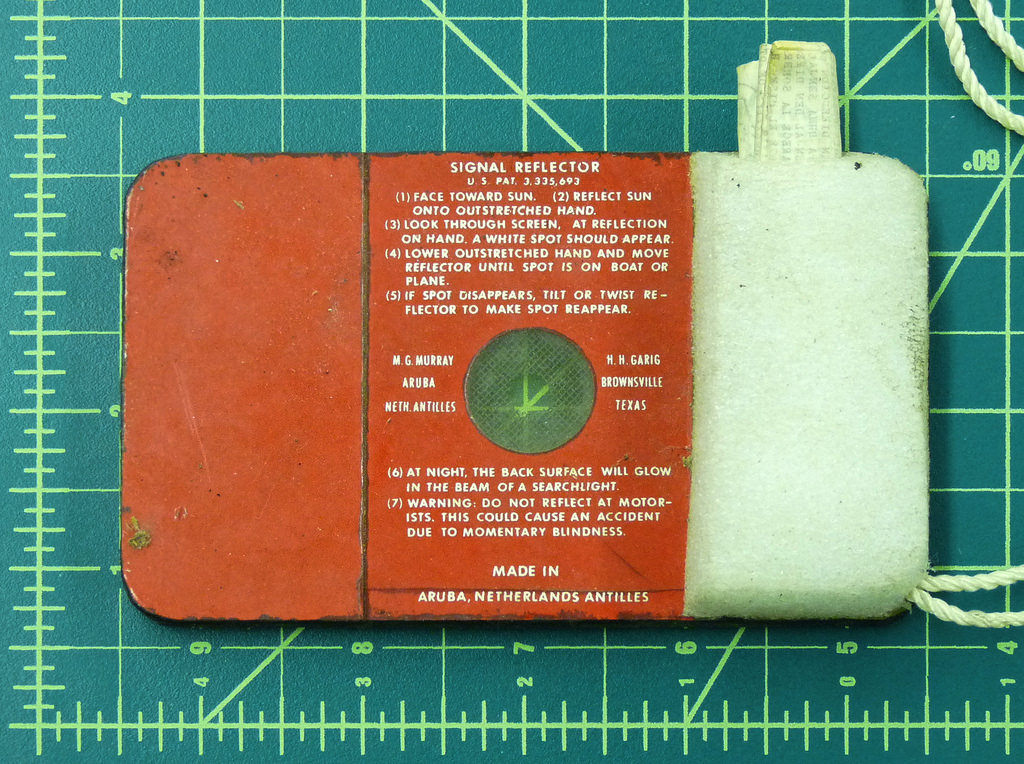If you are in a wilderness survival situation, or in a disaster area, getting help is a high priority. You or someone you are with might be injured or sick and not able to travel, you could be lost, or you could be weakened from prolonged dehydration or hunger. Whatever the reason, you will want to alert others that you need help. When calling 911 is not an option you will need to use what you have available to signal for help. These are some methods of signaling that have saved lives before and could save yours.
Passive Signal
A passive signal gives you the advantage of being able to set it up and then go about taking care of your other needs like finding food and water. When preparing your signal, look for the largest flattest clearing on the highest terrain available to you. The international distress sign is an equilateral triangle. Use what you have to make a triangle with sides approximately 18 feet long. This could be laying logs or branches on the ground, clearing grass or other low vegetation in the shape of a triangle, or piling rocks or other material to form the corners of the triangle. While your materials may be limited, select the material that visually contrasts best, use dark material with a light background, or light material with a dark background.
Fire and Smoke
At night a fire can be seen for miles, as can smoke during the day. If possible arrange three fires to corm the corners of a triangle, or if the only open area is a river bank or other linear clearing, arrange three fires 30 feet or more apart. This might not be possible if you alone, just maintain one fire if you alone. During the day you can add green boughs or moss to your fire to make smoke. If you have plastic or rubber available, you can add that to make darker smoke.
Reflecting Light
A signal mirror is a great thing to keep with you while in the wilderness. If you do not have a signal mirror, polish whatever metal you do have as good as you can so that it will reflect light better. If no rescue is in sight, sweep the horizon with your mirror or improvised mirror. If you see a plane, helicopter, or other possible rescue, focus the light at them in bursts. Pilots have reported seeing flashes from over 80 miles away on clear days.
Getting yourself out of danger might not always be an option. In those situations, you will need to know how to get the help you need.
If you enjoyed this, you might also like….


